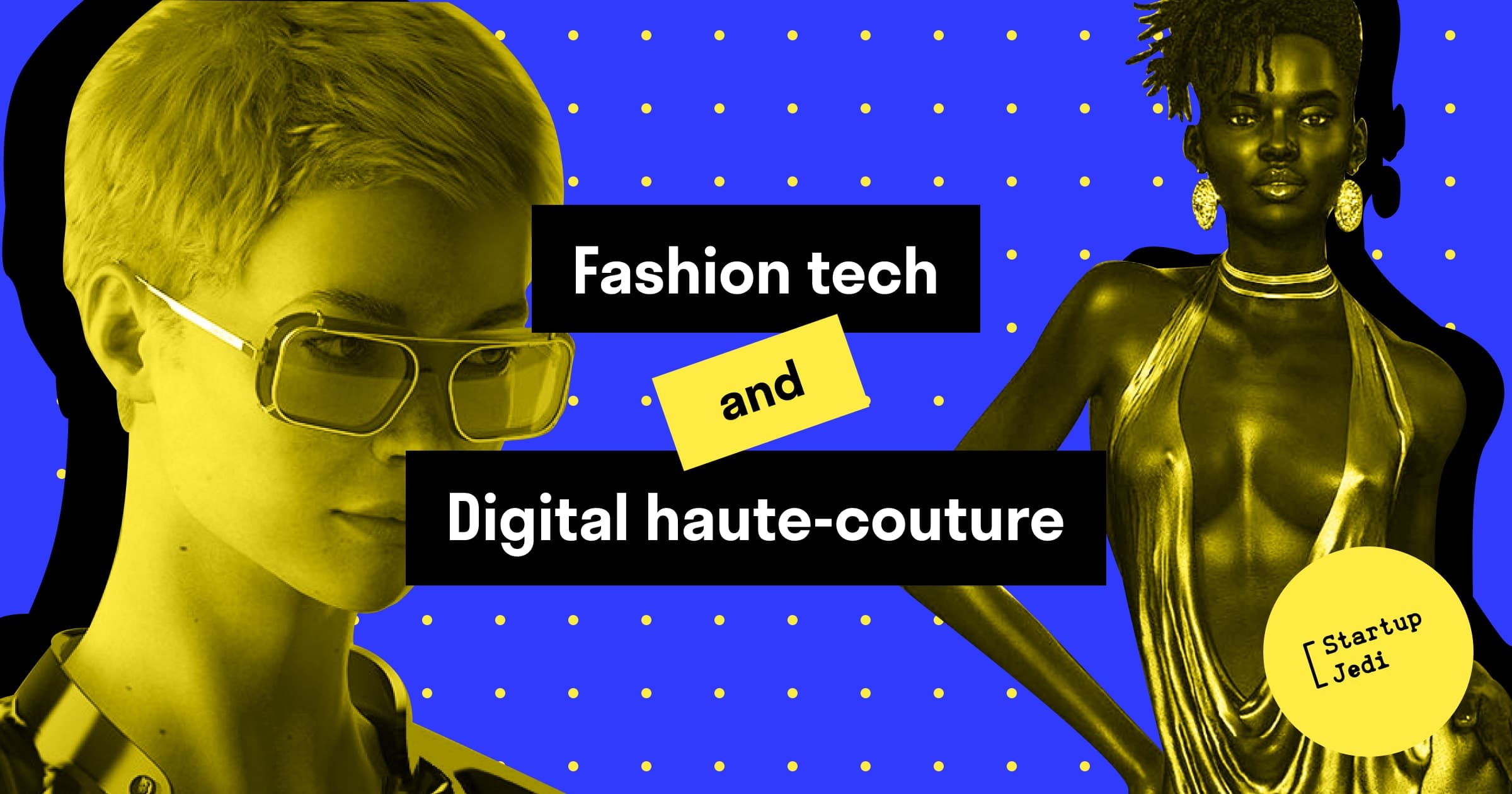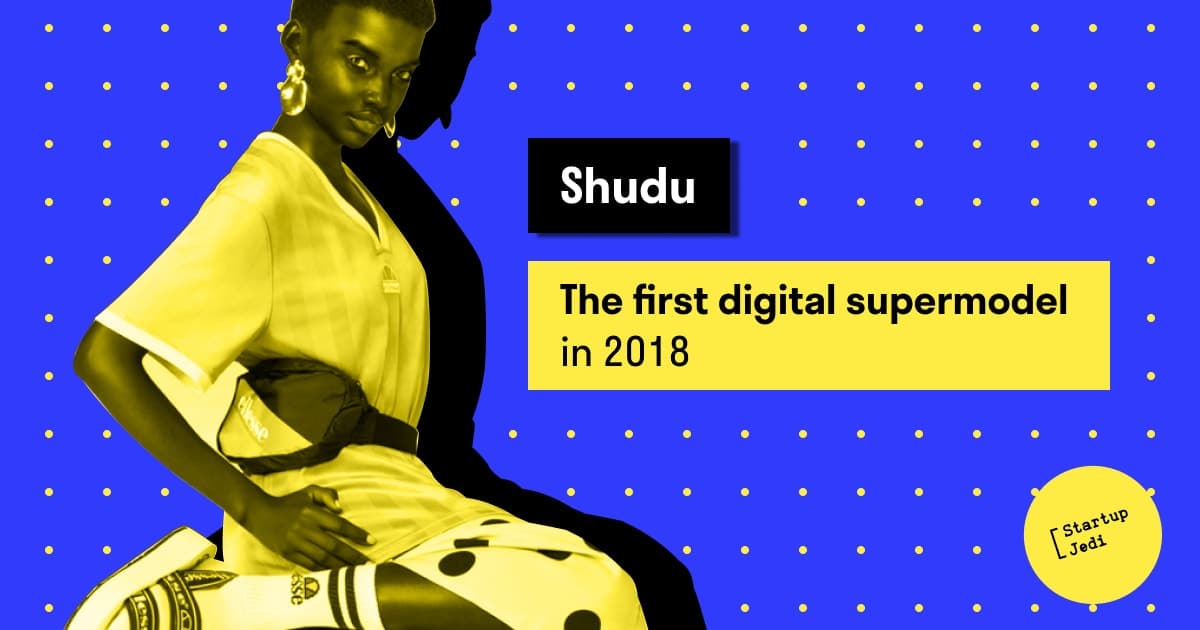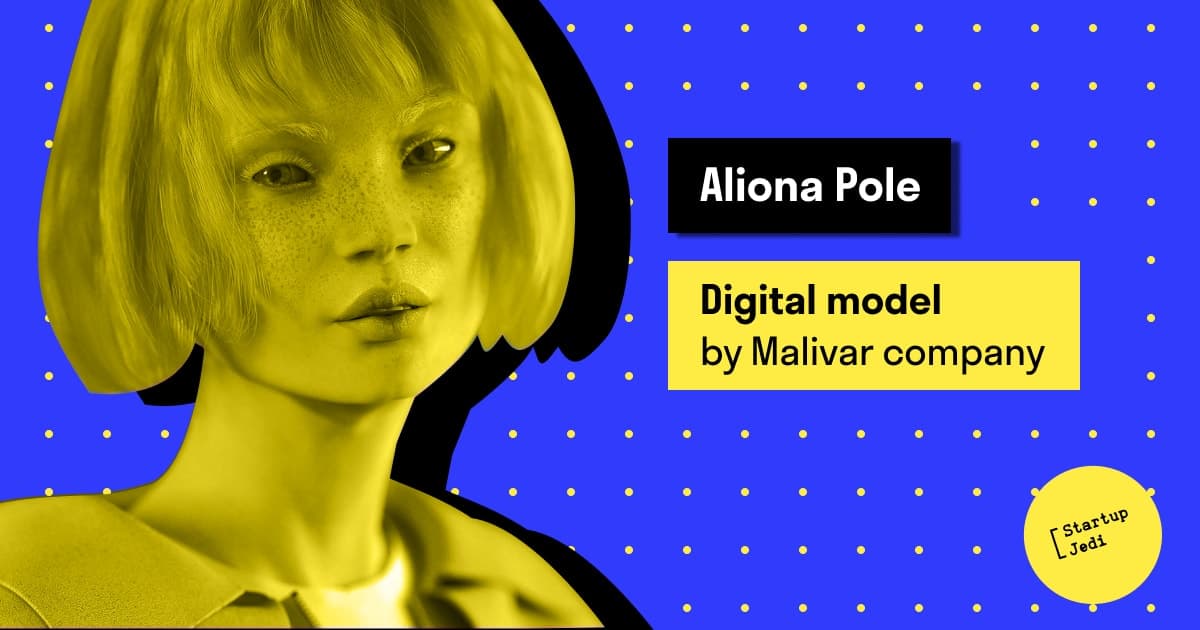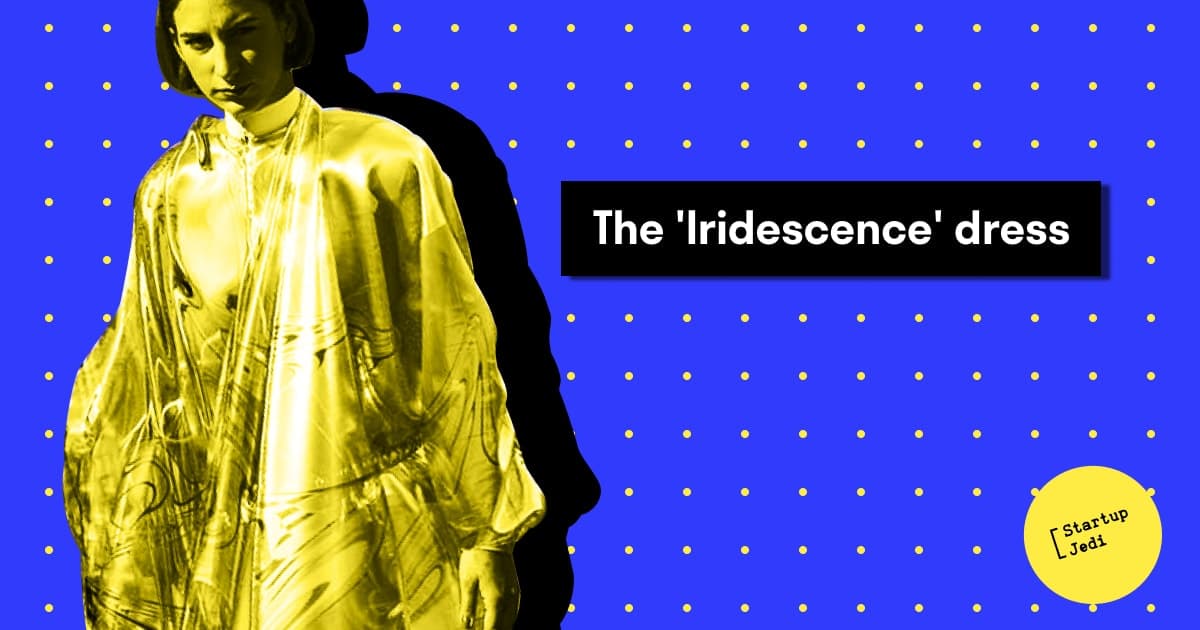
Startup Jedi
We talk to startups and investors, you get the value.
In today’s world we see a lot of digital and technology transformations pushed by COVID-19. One of the most unusual transformations might become real in the world of fashion. We are going to see how models and clothes themselves become digital assets. This article is based on the panel discussion at EMERGE-2020 conference — The Fashion Tech, moderated by Nadzeya Kalbaska with Constantine GAVRYKOV (Netherlands), Global UX Director, Intersport Group and Denis TRUSILA (Belarus), Creative Director at Pocket Rocket and “Virtual Humans for media, fashion, wellness and everyone” presentation by Valery SHARIPOV, CEO and founder of Malivar.

Startup Jedi
We talk to startups and investors, you get the value.
There are more and more requests from consumers on everything sustainable. Also we see changes in supply chain management. The role of influencers is increasing as they are actually replacing traditional marketing activities of the companies. Fashion companies are transforming into media companies themselves. In the modern world, fashion companies need to make mobile or digital first experience or at least merge consumers’ online and offline experience, offline is the next step.
...
Every year all fashion companies spend huge amount of money on salaries, transportation, wardrobes, food, makeup and vacations for their models. Thus one of the biggest risks in fashion are celebrities and human models. They can be ill, irritated or simply become toxic for your brand. So how can the tech help in these situations? The answer is digital models or avatars. The first digital model named Lil Miquela or just Miquela opened the door of the future. Shudu was the first digital supermodel in 2018.

This year during an EMERGE conference, we were able to see Aliona Pole created by the Malivar company. Digital avatars become the company’s assets like websites or any other digital promotional channel. And unlike human models they are always available to promote your brand. You can create their own life story, character and you are able to change the way it looks as you wish. But remember that marketing should be persistent (e.g. Aliona Pole changed her look twice already, but Malivar uses the same appearance for almost 2 years).

Digital models change not only the rules for modelling but empower designers’ creativity. They are ageless, beautiful and fascinating. Moreover you can do whatever your imagination creates with and for you digital models. Just imagine how future fashion shows might look like or better check an existing one: Tommy Hilfiger became the first major fashion retailer to deploy virtual reality headsets in its stores, inviting shoppers to immerse themselves in a 360-degree experience of the label’s Autumn/Winter fashion show in October 2015. City Centre malls, together with MullenLowe MENA, recently executed an action-grabbing digital campaign using Google Maps as a platform to generate awareness for City Centre’s new Autumn/Winter 2019 fashion collection. That’s just a few examples how tech and fashion could cooperate.
...
But what if we could move our wardrobes to the cloud totally? This idea is not as crazy as it seems to be first. There are plenty of examples from the gaming world where people spend tons of money for different clothes of their characters. So there could be some probability that our avatars in the digital world could wear digital clothes too. Nowadays there are just a few examples of such experiments (e.g. the virtual dress was designed by The Fabricant — a Dutch startup self-titled digital fashion house. The startup has specialized in photo-real 3D fashion design and animation. The ‘Iridescence’ dress was created from a 2-D computer-generated pattern turned into a 3-D model, with the help of a ‘techgnosis’ filter. It was sold for $9500 on blockchain).

The reaction of ordinary people could vary from “Dreaming at the possibilities of a body freed from its physical restraints” to “Doh, when you don’t have a body you don’t need fashion.” And digital clothes really raise a lot of questions which should be addressed both by fashion designers and society.
...
Digital transformations in the fashion industry started several years ago with the communications process. Consumers want to interact, belong, influence and represent the brands from which they buy. Informed, selective, and in charge, they care about how they look in public and on social media, and about the perception of the goods they buy and own. The vast majority of them use digital channels before, during or after making their purchases.
This is just a start of the huge shift where the fashion companies become not only digital savvy with their marketing and sales through digital channels. What we witness this year with COVID-19 pandemic is that fashion companies become digital-first. The Paris Haute Couture shows will go digital only this July. From July 6 to 8, the Fédération de la Haute Couture et de la Mode will host videos from accredited couture maisons on a dedicated platform. The videos will be accompanied by additional content and roll out on a schedule, mimicking the flow of a physical Fashion Week.
The story of fashion moves into the digital world faster and faster. And we welcome it in our technology media.
Facebook: facebook.com/StartupJedi/
Telegram: t.me/Startup_Jedi
Twitter: twitter.com/startup_jedi
Comments